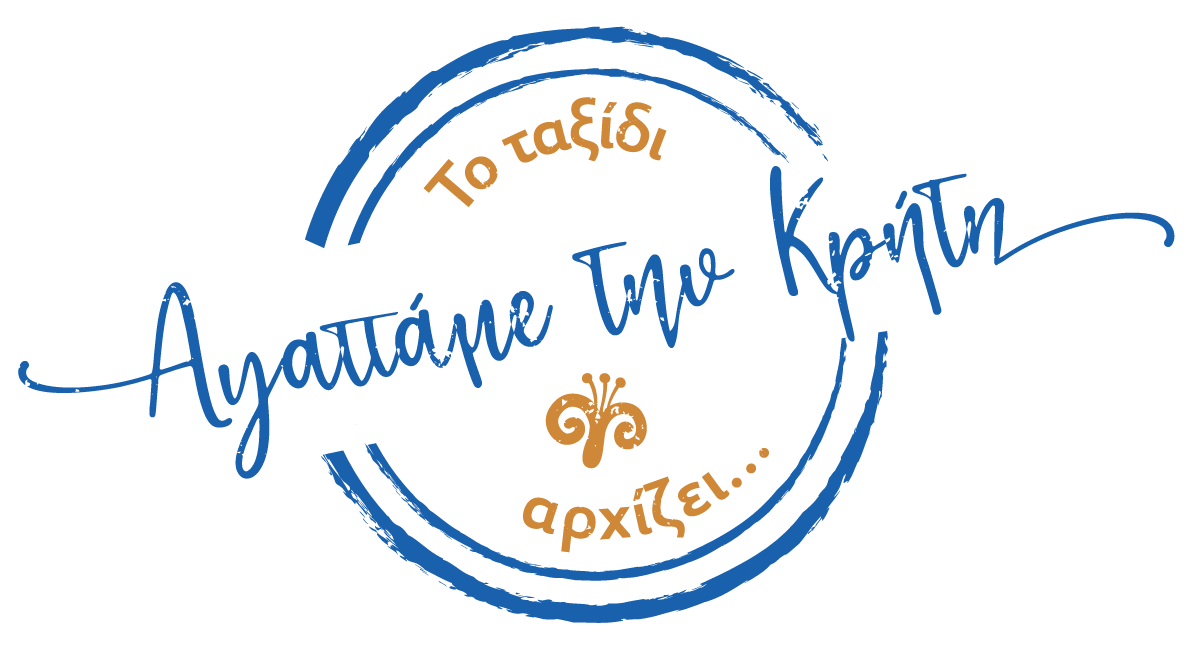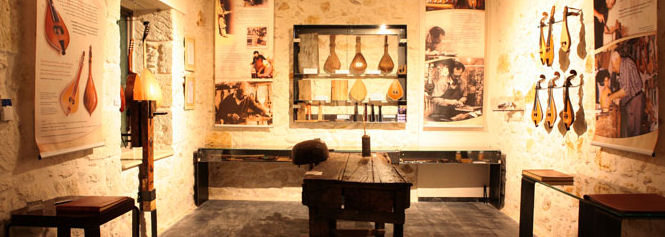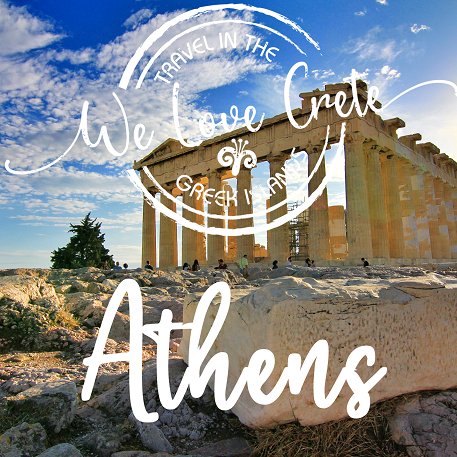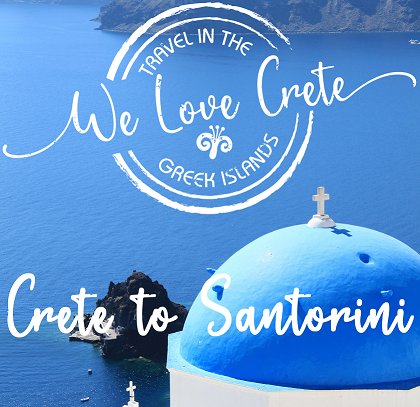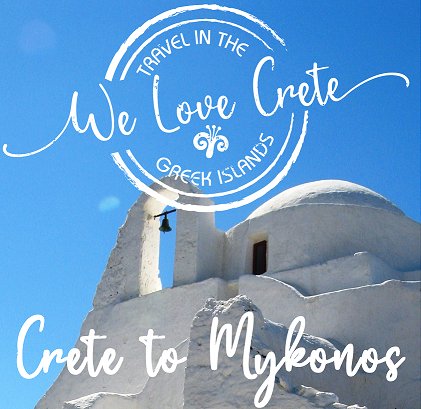This page may contain affiliate links, see our disclaimer here.
Cretan Music Instruments, History and Craft
By Katia Luz
Cretan Music - Kritiki Musiki is an alchemical fusion of artist and instrument. Below we explore the exotic instruments that sing with such unique voices, their histories and their skilled makers.
To learn about our master organopechtes, see our
dedicated page about musicians
The Cretan Lyra
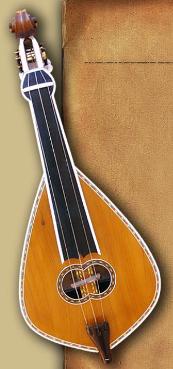
The Kritiki lyra - Kρητική λύρα is in many ways the voice of our music. The lyra carries and accentuates the potency of the mantinada, a poetic art that still thrives in the beautiful Mediterranean island of Crete.
The lyra creates a musical tapestry, with its invigorating and entrancing voice, lifting your spirits and your body to it’s feet to dance in time with the kefi that only once experienced can be understood. Cretan music is full of the rhythms created by the lyra.
The Cretan Lyra is an enigmatic and truly unique instrument that survives a controversial 600 years of existence with little alteration to it's form, with it’s emotion filled and trance inducing voice that has won the hearts of even the hardiest of Cretan adartes. So much so, that this small and compact instrument has become the instrument of choice to bring life to the passionate and powerful Kritiki mantinada into Cretan music.
The Cretan Lyra is a physically simple yet stunning 3 stringed violin-like instrument that is pear shaped with a lightly curved top and an arched back.
The soundboard has two small semi-circular sound holes. It is played with a bow, which in the earlier years was strung with hawk bells to greater emphasize the rhythm. The use of hawk-bells is sadly rarely seen today, used mainly by players from the remoter villages who play with a more retrospective style, or the rizitika or roots of Cretan music.
The lyra is unique in a number of ways. Firstly it is played vertically with the foot of the instrument placed on the top of the thigh. The truly unique aspect of the lyra is the fact that the strings are not stopped (pressed) from above like the violin or most stringed instruments, but the nail of the players hand is placed up against the side of the string. This gives the voice of the lyra a distinctly different sound to other similar instruments, hauntingly resonant and almost gutteral. A good way to spot a lyra player is to see if they have longer fingernails on their left hand; much like spotting a classical or flamenco guitarist by the long nails on their right hand.
The modern lyra is tuned A D G from thinnest string to thickest. The top or soundboard kapaki is made of katrani cedar wood. This component most influences the sound of the instrument.
There is a strong tradition to use cedar that is as much as 300 years old for the soundboard. The back is made from walnut, mournia, kelembeki or asfendamos. The sound of the back only has a marginal effect on the instrument’s sound. The choice of wood is normally aesthetic, and usually carved with beautiful images of local birds such as the eagle or the two-headed Byzantine eagle. The strings used are of flat wound construction made of a chrome-metal. The art of the instrument is important to Cretan music folklore.
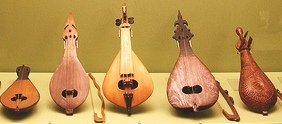
The modern lyra is an evolution of the lyraki, which was slightly smaller in construction and was tuned again A D G, although the G being an octave higher. This previous tuning had a much narrower tonal range, and the middle string was primarily used as a drone string, where the first or third string would be sounded simultaneously with the middle.
With the onset of accompaniment by the laouto, there was no longer a need for a drone note. The new tuning broadened the voice of the lyra. A quick way to differentiate the lyraki from the lyra, is to look at the head stock of the instrument.
The lyraki has a flat and wide headstock, with the lyra having a
scrolled headstock like the violin. Some say this scrolled headstock of
the violin family was influenced by the Mongolian morin huur, which
often had a headstock carved in the likeness of a horse.
The origins of the lyra are quite obscure and riddled with many views.
We will cover the most historically proven origins, whilst shedding some
light on some interesting myths and stories.
The word lyra has come to us as we know from the ancient Greek harp-like instrument that was to have been invented by the Olympian god Hermes.

"No matter how tired or weary I am, the passionate and energetic lyra revitalises my mind, body and soul".
This angel voiced instrument was made from the body of a large
tortoise shell which he covered with animal hide and antelope horns, and
was played with a plectrum. We can see from ancient pottery illustrations that these instruments are not directly related.
The lyra we know today in Cretan music is ultimately quite a modern instrument in comparison, being only a few hundred years old, though still older than the classical violin.
Many variants of bowed stringed instruments exist all over the world. We have the Mongolian morin huur, the Chinese erhu, the Middle Eastern rebab and the Indian esraj, all of which are played in the upright position.
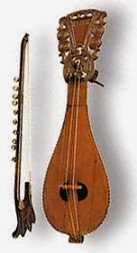
Many believe the lyra’s roots are from the Middle East, though it may be more accurate to relate it’s origins from India, where similar Middle Eastern instruments have their origins.
Some of the earliest examples of bowed stringed instruments had 2 or 3 strings, even the earliest versions of the violin had 3 strings.
There is a strong view that the bow was invented by the Mongols utilizing the hair from their horse’s tails to string the bow. Their morin huur has been in existence since at least 1000 AD, being listed in a Chinese encyclopedia in 1105 AD.
The earliest references to the lyra, or lyraki as it would have been, are from illustrations in Constantinople. On the 10th century Byzantine ivory chest and the illustrated manuscripts of the 11th century, we have images of the lyraki. If these carvings and illustrations are correct, this would date the lyra older than even the morin huur.
The lyra could have made its way to Crete in a number of ways. It could have been brought by the departing Greeks from Constantinople. As Crete had become part of the Byzantine Empire by at least 395 AD and under the rule of Rome/Constantinople.
Also, when Crete was occupied by expelled Saracen Arabs from Andalusia in 824 AD, the third and what would be final attempt to reclaim Crete by the Byzantine Empire, was led by Nikiforos Phokas. He, with an army of some say as large as 100,000 men, finally captured Chandax (Heraklion) on the 7th March 961 AD.
The lyra may have come with this battalion, but if not, would definitely have come with the large populations ordered to populate Crete from Constantinople in 1080 AD by the then Emperor Alexios Komnenos in an attempt to re-populate and re-Christianise Crete, whose Christian population had drastically been reduced due to Cretans being traded as slaves by the Arabs during their 147 years of rule.
What we do know is that when the Venetians came to Crete in 1210, the lyraki was already present on the island. There are schools of thought that the lyra came from the Arabic rebab or similar instruments. Yet we have not found reference of the lyra or lyraki under any other name from the east, except for the Arabic manatza roum and kamantza roum which translates to Roman (western), or Byzantine instrument.
Also, under Turkish occupation, it was observed that seldom did the Turks play the instrument, leaving it to the native Cretans.
Just like the modern baglama, which is a mini bouzouki-like instrument created by the Greek adartes during the times of their fight for freedom from Turkish occupation; the lyra is a compact instrument that would have been an easy instrument to transport over long distances in less than ideal circumstances.
This compact instrument would have been a favorite one among travellers, making the journey that much sweeter and easier to endure, for though the body may he sore and the heart worn by despair, the soul is freed like on the wings of an eagle when your sweet or sorrowing lays are accompanied by this instruments voice, which rises up and becomes one with the howling winds of Psiloriti.
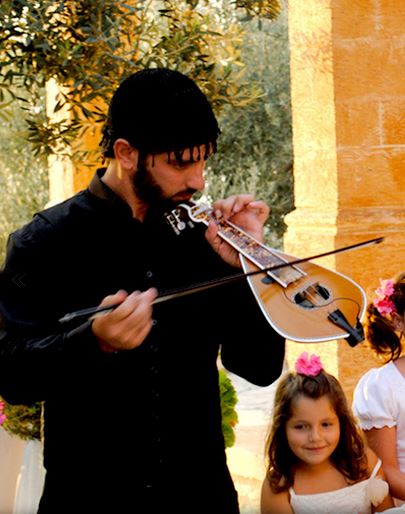 A Cretan man in traditional costume plays the lyra
A Cretan man in traditional costume plays the lyraThe Cretan Laouto
The Cretan laouto is a stringed instrument like a lute which is central to our beautiful Cretan music.
The Cretan laouto - λαούτο is the backbone of Cretan music, providing and maintaining the passionate pulse that is so intoxicating; or when played as a leading or solo instrument has a depth and warmth that brings images of ancient times gone by.
See below a video of Stelios Petrakis (numerous instruments) and Giorgos Manolakis (laouto) play a number of contemporary traditional pieces. An instrumental musical style based on the old traditional pieces of Crete, incorporating elements and instruments of the broader Mediterranean.
The Cretan Laouto is an 8 stringed, 4 course musical instrument of the lute family. The laouto has a multi-faceted voice because the strings are in pairs and tuned an octave apart. The laouto when strummed, has a powerful yet not overpowering voice, and when soloed has a sweetness and depth that can be described as bittersweet, there being an element of melancholy in the sound, our beautiful Cretan music.
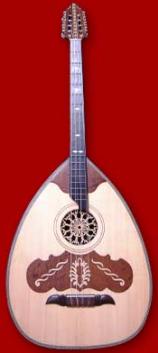 Cretan Music - Laouto
Cretan Music - LaoutoThe laouto, which is a long-necked cousin of the lute, comes in various sizes. The Cretan laouto is the largest bodied of the laouta and lutes.
The neck of the laouto can vary in length from maker to maker, which has a marked effect on the sound and feel of the instrument. This length can range between 680 – 750 mm. The longer the neck, the higher the tension on the strings and the clearer and stronger the tone on the instrument. This is why the laouto and the lute have such varied voices, apart from the increased notational range due to the laouto having a longer fret board.
The soundboard kapaki, is usually made of European spruce, which has a bright and clear tone. There is a selection of different sound-holes used on the laouto, from large single round or oval sound-hole positioned close to the bridge, or two smaller circular sound-holes positioned off-centre. This instrument contributes to unique Cretan music flavour, sights and sounds.
The back of the body skafo, is made of a selection of maple, walnut, ebony and rosewood; often with a combination of darker and lighter woods to give an interesting visual effect.
The strings of the laouto are tuned in fifths. The Cretan laouto is tuned differently to other laouta. From the bass or lowest string it is tuned Gg – Dd – Aa – ee. The strings of the laouto were originally of traditional gut construction, although the modern laouto has steel strings similar to those of the bouzouki. This adds to the unique sound of Cretan music.
The frets of the laouto are made of either gut cord or
modern nylon cord. They are traditionally wrapped around the neck and
unglued. Some modern laouta have been fretted with traditional guitar
fret wire of nickel-silver.
The Cretan laouto is played with a long narrow plectrum made of a folded strip of plastic. This not only gives the desired clear tone, but due to the available length of the plectrum over traditional pear-shaped plectrum, allows the player to use this additional length to hit the soundboard on the down stroke giving an additional emphasis to the rhythm.
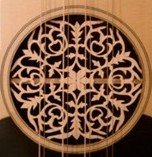 Cretan Music - Laouto - detail of wood carving
Cretan Music - Laouto - detail of wood carvingCretan Music - History of the Laouto
The origins of both the laouto and the lute are often seen as intertwined, although the two instruments are considered to belong to separate families; the long-necked and the short-necked varieties. The oldest known oud or lute, was depicted on a Mesopotamian cylinder seal dated to the Uruk period 4000 – 3100 BC, where the instrument is being held by a female musician.
The name oud is said to be derived from either of two words; the Arabic al-oud, which means branch of wood, or the Mesopotamian word roud, meaning gut or string.
The oldest example of the oud was found in the tomb of famous Egyptian musician Harmosis. This instrument has been dated to 1500 BC, and was fashioned from one single piece of wood, the soundboard being coverd with animal skin. Like modern instruments, it was played with a plectrum.
There are also records of long-necked lutes in Mesopotamia and Persia from the 2nd Millennium BC. The long-necked lute, and its variants, are known under numerous names: Pantur, Tar, Laouto, Tanbur, skindapsos etc.
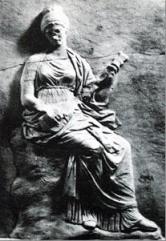
A fact that most Greeks seem to have forgotten concerning the laouto’s association with Greece, is the existence of the ancient Greek pandoura πανδοûρa, a long-necked lute. Pandoura is a Greek word translating as gift of the gods. The pandoura dates as far back as 500 BC. The pandoura of Greece was almost identical to the Egyptian lute.
We do not have written records indicating its use and existence, although we do have plaques, such as the Mantineia Base frescoes, illustrating the pandoura and how it was held for playing, the history of Cretan music.
See the beautiful Mantineia Base fresco pictured above, which is dated from 330-320 BC.
Cretan Music - Stagakis Lyra Maker
As haunting as the winds, and as deep as the roots of Mount Psiloritis, the sound of the Cretan Lyra is an enigmatic and soulful instrument.
Since 1945, Manolis Stagakis of Rethymnon, Kriti, has been making quality hand made lyres that play & look like true works of art, creating some of the finest examples of the instrument known as the king of Cretan music.
And these instruments are truly nothing short of art. Every component possible of a Stagakis Lyra, are made by the hands of the Stagakis family, from the special glues psarokolla, to the varnishes gomalaka… and only the finest woods are selected for their sound and finish.
The sound board kapaki is made of rare katrani wood which is at least 300 years old, and the back of the lyra is shaped from either walnut, mournia, austrian kelembeki or asfendamos wood.
The Stagakis workshop originated near the old town of Rethymnon, where Manoli Stagaki began making his fine lyres that where to be played by some of Crete's finest lyrarides. Such as Nikos Xilouris, Psarandonis, Skordalos and Moundakis.
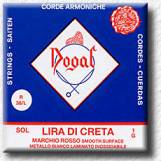
In 1970, Manoli's son Michalis was to be
the director and primary luthier at Stagakis, contributing greatly to
the art and technique of lyra making, and even applying his attention
and knowledge to the development of lyra specific strings, releasing
the Lyra Di Creta strings through Dogal in Venice, Italy.
Sadly, Michalis was to pass away in 1995, leaving his son, the third generation of Stagakis', to take the role of lyra maker. Today, Manolis Stagakis Jr.
with the inspiration of his grandfather and his uncle Dimitri, himself a
fine violin maker, continues on the proud tradition of making some of
Crete's most treasured lyres. These instruments are priceless
contributions to the world of Cretan music.
The Stagakis workshop (above) is at Xatzimixali Giannari 45, Rethymnon
Getting Here
Take a 1 hour flight from Athens to Heraklion with Aegean Airlines or Olympic Air, with many flights available per day.
Or take a 9.5 hour overnight ferry from Pireaus port of Athens to Heraklion port.
More on flights and ferries below.
Car hire in Crete is a really good idea as it is a large island 60 km by 260 km. There is so much to explore.
When you book with our car rental partners - Rental Centre Crete - you are supporting a local company with excellent service and easy online booking. We are sure you will be well looked after by the team. Choose from hybrid, electric or regular vehicles.
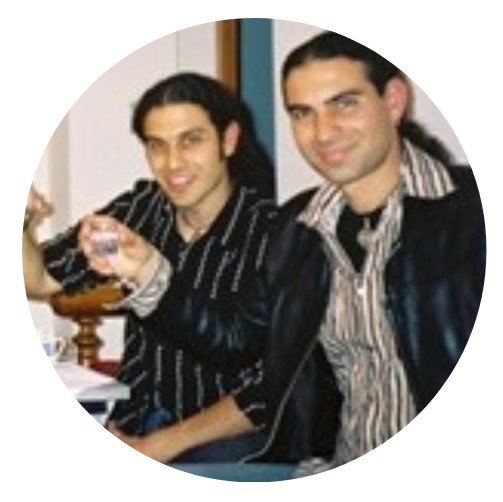
We trust you have enjoyed these tips from the We Love Crete team. Evíva!
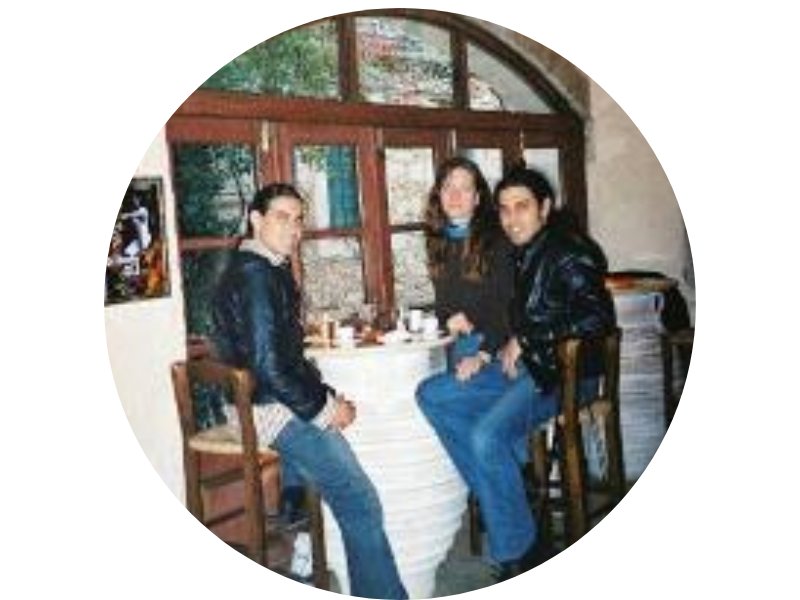
Yiásas!
Anastasi, Apostoli & Katia
are the We Love Crete team
We just love sharing our passion for Crete, Greece and travel
About us Contact Us Kaló taxídi!
- Home
- Cretan Music & Dance
- Cretan Music
About the Team
Yiásas!
Anastasi, Apostoli & Katia
are the
We Love Crete team
We just love sharing our passion for Crete, Greece and travel
About us

